Every published article is enriched with structured metadata—titles, abstracts, keywords, author affiliations, funder information, persistent identifiers like DOIs (Digital Object Identifiers), and more. Metadata isn’t just administrative: it’s what allows content to be found in databases, tracked in citation indexes, and measured in impact assessments.
Without robust metadata, an article is effectively invisible to the systems researchers rely on to discover, assess, and reuse content. Publishers apply standards like JATS XML and Crossref metadata deposits to ensure articles connect seamlessly across platforms.
Explore more:
Scholars don’t find articles about research findings by chance. Publishers ensure their content is indexed in major discovery platforms like PubMed, Scopus, Web of Science, and Google Scholar. They also optimize metadata for machine readability, enable linked references through Crossref, and build tools for full-text search, content alerts, and thematic browsing.
These efforts support interdisciplinary access, help researchers identify connections, and enable transparency in how articles about research findings are cited, reused, and built upon. It’s an ecosystem of coordination that benefits the entire research community.
Explore more:
Preserving published articles about research findings is about more than keeping a digital copy—it’s about ensuring future access, long after platforms evolve or links break. Publishers partner with long-term preservation services like CLOCKSS and Portico to deposit content in secure, decentralized archives.
These services are designed to protect against loss, support digital continuity, and guarantee scholarly permanence. Combined with internal publisher archives and redundancy protocols, these measures safeguard the enduring availability of the scholarly record.
Explore more:
Making articles about research findings discoverable is only part of the story. Once someone finds it—what can they do with it? That’s where licensing comes in.
Licensing frameworks govern how published articles are reused—but what about the data behind them? And how is access to content managed at scale? Let’s look at two critical pieces of the open research puzzle: open data and open access.
Gold represents those publications where the final published version of an article (Version of Record) is freely and permanently available online immediately on publication for anyone, anywhere to read. This includes articles in hybrid journals. Access is often funded through Article Publishing Charges (APCs), which may be paid by authors, their institutions, or funders.
Green represents those publications where a version of an article is publicly shared online, often as an Accepted Manuscript. To support a sustainable business model, publishers may maintain an embargo and/or may retain an Exclusive License to Publish.
Articles are free to read and free to publish. Instead of charging authors or readers, these journals are typically supported by universities, scholarly societies, or public funding. Diamond OA removes financial barriers on both sides—supporting greater equity in who can share and access research. However, because this model relies on external funding or institutional support, questions remain about its long-term scalability and sustainability at larger volumes.
Bronze represents those publications that are made free-to-read on the publisher’s website, but are not identified as gold for one of the following reasons: access for a limited duration, an unclear license, or a license that is clear.
Contracts between publishers and institutions or library consortia that shift subscription spending to support open access publishing. These agreements often include read-and-publish or publish-and-read components, enabling more articles about research findings to be published OA while maintaining access to subscription content during the transition.

 JOIN
JOIN